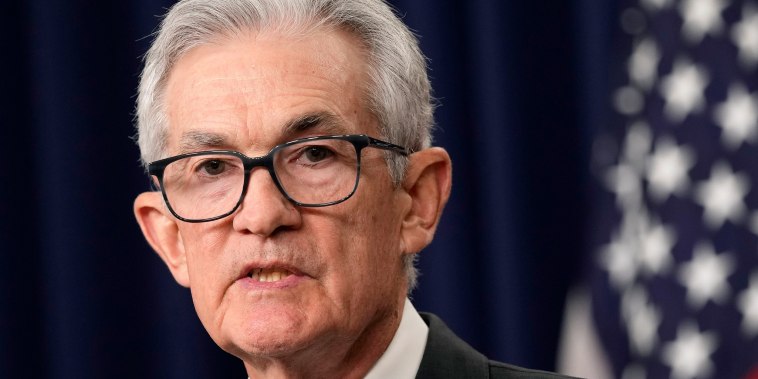In recent times, the decision by the Federal Reserve to maintain higher interest rates for an extended period has sparked debates within various economic circles. While some analysts and market participants may view this as a restrictive measure that could potentially slow down economic growth, there are several reasons why the Fed’s approach may not necessarily be a negative development in the long run.
Firstly, the Fed’s decision to keep rates higher for longer could be seen as a proactive stance aimed at preventing excessive inflationary pressures from building up in the economy. By raising interest rates, the central bank is essentially tapping the brakes on economic activity, which can help in cooling down an overheated economy. This measured approach is particularly crucial in times when the economy is experiencing rapid growth, as it helps in maintaining price stability and avoiding the risks associated with hyperinflation.
Moreover, maintaining higher interest rates can also have positive implications for savers and investors. Historically, low-interest rates have resulted in reduced returns on savings and investments, making it challenging for individuals to build wealth over time. By keeping rates higher, the Fed provides an opportunity for savers to earn more on their investments, which, in turn, can contribute to increased financial security and stability for households.
Additionally, higher interest rates can serve as a signal to businesses and consumers to exercise caution when it comes to borrowing and spending. In an environment of low-interest rates, there is a propensity for excessive borrowing and risk-taking, which can lead to asset bubbles and financial instability. By raising rates, the Fed communicates to market participants the need for prudence and responsible financial behavior, thereby reducing the likelihood of future financial crises.
Furthermore, the Fed’s decision to maintain higher rates could also be interpreted as a vote of confidence in the strength and resilience of the economy. By signaling that the economy can withstand higher borrowing costs, the central bank instills a sense of stability and confidence among investors and businesses, which can be beneficial for long-term growth and prosperity.
In conclusion, while the Federal Reserve’s decision to keep interest rates higher for an extended period may initially be met with skepticism and apprehension, it is essential to recognize the potential benefits that this approach can offer in terms of maintaining economic stability, promoting responsible financial behavior, and safeguarding the interests of savers and investors. By taking a prudent and measured approach to monetary policy, the Fed plays a crucial role in ensuring the long-term health and sustainability of the economy.

